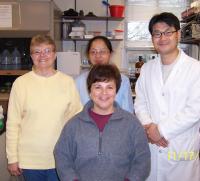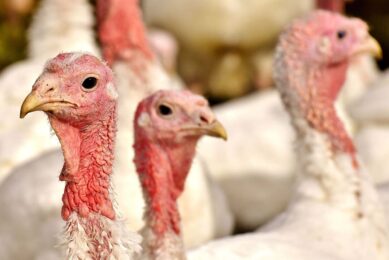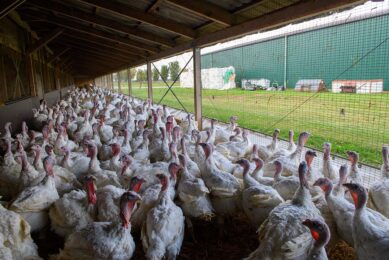Poultry scientists determine meat quality factors

Recent work by poultry scientists at The Ohio State University has shown that a number of factors impact turkey breast meat quality and that genetic selection plays an important role in determining those factors, according to the Poultry Science Association (PSA).
Moreover, the same researchers, led by Dr. Sandra Velleman, a professor in Ohio State’s Department of Animal Sciences, have also shown that current breeding approaches in the commercial turkey industry – while wildly successful in many respects – are not optimal for enhancing meat quality because they focus solely on the sire line for inherited traits.
Dam line
According to Dr. Velleman’s group’s findings, breast muscle quality is determined, in part, by the dam line. Therefore, commercial turkey producers should include both the sire and dam lines in the selection process as they seek to improve the overall taste qualities of turkey breast meat.
“This finding (about the influence of the dam line( came as a surprise to us, and I suspect it will surprise almost everyone in the commercial turkey industry as well, since current practices dictate that one looks at the sire line for heritable qualities related to increased body weight at a given age and muscling. The dam line, on the other hand, historically has been used only in selecting for the purpose of improving growth and reproduction traits.
Tastier turkey breast meat
“Our results show that, contrary to these longstanding practices, the aspects of breast muscle that impact taste are, genetically, passed on through the dam. The good news is that by incorporating thinking about the dam line into their genetic programs, the industry should be able to begin producing even higher quality, tastier turkey breast meat,” said Dr. Velleman.
The research conducted by Dr. Velleman’s group has shown that breast meat taste is impacted by differences in breast muscle fibers, the spacing between the fibers, and other factors. These characteristics, when optimised, will potentially increase water-holding capacity, which will result in a juicier meat product.
Dr. Velleman’s team’s work was published in a series of articles on the maternal inheritance of breast muscle morphology in PSA’s journal, Poultry Science, from 2003 to 2009.
Related website
Poultry Science Association (PSA)
Join 31,000+ subscribers
Subscribe to our newsletter to stay updated about all the need-to-know content in the poultry sector, three times a week. Beheer
Beheer











 WP Admin
WP Admin  Bewerk bericht
Bewerk bericht